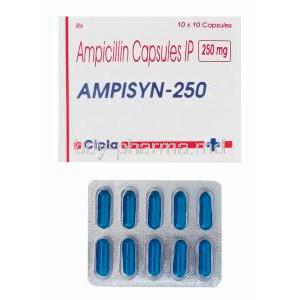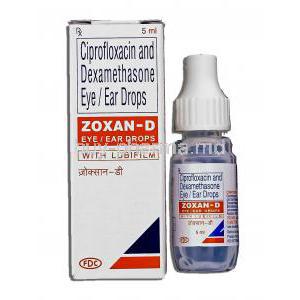Betnesol-N Eye/Eardrop
- I. Introduction to Betnesol-N Eye/Ear Drops
- II. Composition and Active Ingredients in Betnesol-N
- III. How Betnesol-N Eye/Ear Drops Work
- IV. Uses of Betnesol-N Eye/Ear Drops
- V. Off-Label Use of Betnesol-N Eye/Ear Drops
- VI. Dosage and Administration of Betnesol-N
- VII. Common Side Effects of Betnesol-N Eye/Ear Drops
- VIII. Serious Side Effects and Reactions
- IX. Warnings and Contraindications
- X. Important Precautions When Using Betnesol-N
- XI. Interaction With Other Medications
- XII. Administration to Special Populations
- XIII. Careful Administration: Best Practices
- XIV. Storage and Stability of Betnesol-N Eye/Ear Drops
- XIV. Storage and Stability of Betnesol-N Eye/Ear Drops
- XV. Handling Precautions for Betnesol-N
- XVI. What to Do in Case of Overdosage
- XVII. Summary and Final Recommendations
I. Introduction to Betnesol-N Eye/Ear Drops
Betnesol N Eye/Ear Drops are a medication designed to relieve inflammation and fight infections in eye and ear conditions. This medication combines the anti-inflammatory properties of corticosteroids with the powerful antibacterial effects of antibiotics. Choosing Betnesol N as a treatment for eye and ear disorders is crucial because it offers a tailored solution that targets the underlying causes of these conditions accurately. It's important to emphasize the significance of finding the treatment for ocular and auditory ailments as it requires striking a delicate balance between effectiveness and safety. The chosen therapeutic regimen should provide the desired benefits while minimizing adverse effects. Betnesol N exemplifies this precision in therapy selection.
II. Composition and Active Ingredients in Betnesol-N
The creation of Betnesol N demonstrates the nature of modern medicine, incorporating a carefully balanced combination of active ingredients supported by various additional compounds that maintain stability and usability.
- Betamethasone: At the core of Betnesol N lies Betamethasone, a corticosteroid. It works by reducing inflammation and alleviating swelling, redness, and itching effectively to the body's adrenal cortical hormones. Its presence in the formulation plays a role in suppressing the inflammatory processes associated with different medical conditions.
- Neomycin Component: Neomycin complements the inflammatory power of Betamethasone through its bacterial-killing action. As an aminoglycoside, Neomycin effectively hinders protein synthesis within bacterial cells, thereby eliminating a broad range of both gram-positive and gram-negative bacteria that could worsen or spread infections affecting the eyes and ears.
In addition to these active ingredients, Betnesol N contains preservatives and excipients that protect it from microbial contamination and preserve its pharmacological effectiveness. These auxiliary substances are carefully selected to work in harmony, with the components ensuring that the drops maintain their therapeutic properties throughout their shelf life.
III. How Betnesol-N Eye/Ear Drops Work
Betnesol N Eye/Ear Drops are effective in treating eye and ear issues because they combine the actions of Betamethasone and Neomycin. This combination is beneficial when inflammation and infection occur in these areas.
A. Mechanism of Action of Betamethasone
Betamethasone acts as a version of natural glucocorticoids, working to reduce inflammation by blocking an enzyme called phospholipase A2. This enzyme is involved in the synthesis of prostaglandins and leukotrienes. By doing betamethasone helps decrease capillary permeability, reducing swelling or edema. It also inhibits the production of cytokines, which helps prevent white blood cell infiltration. Additionally, betamethasone stabilizes lysosomal membranes. These actions make betamethasone highly effective in treating conditions affecting the eyes and ears.

B. The Role of Neomycin in Infection Control
Neomycin, classified as an aminoglycoside, works by firmly attaching itself to the 30S subunit of the bacterial ribosome. This interaction hampers the synthesis of proteins in bacteria, resulting in the elimination of pathogens. Neomycin is used for preventing and treating infections, including superficial ocular infections and primary or secondary bacterial infections in the ear. It exhibits effectiveness against a range of gram-harmful bacteria and certain gram-positive organisms.
C. Synergistic Effect of the Combination
The combination of Betnesol N has an effect where Betamethasone helps reduce inflammation, preventing it from worsening the infection. At the time, Neomycin fights against the bacteria directly. This combined action not only provides fast relief from symptoms but also slows down the progression of the disease.
IV. Uses of Betnesol-N Eye/Ear Drops
Betnesol N Eye/Ear Drops2 are recommended for eye and ear conditions. They work well in situations with inflammation and bacterial infection at the time, providing adequate relief.
A. Indications for Eye Conditions
In ophthalmology, Betnesol N has been widely used to manage various conditions.
- Allergic Conjunctivitis helps relieve symptoms like itching and eye redness caused by allergies.
- Betnesol N is beneficial for treating Non-Purulent Inflammatory Conditions such as episcleritis and scleritis, characterized by inflammation but not an infection. Its anti-inflammatory properties play a role in managing these conditions.
B. Indications for Ear Conditions
The use of Betnesol N is recommended for two purposes.
- It can be used to treat Otitis Externa, a condition where the outer skin of the ear becomes inflamed. Betnesol N helps reduce inflammation, while Neomycin combats any infections on the skin.
- It can also be used after ear surgeries to minimize operative inflammation and prevent potential infections.
In both cases, Betnesol N proves to be a treatment for addressing inflammatory and infectious issues in both the eyes and ears.
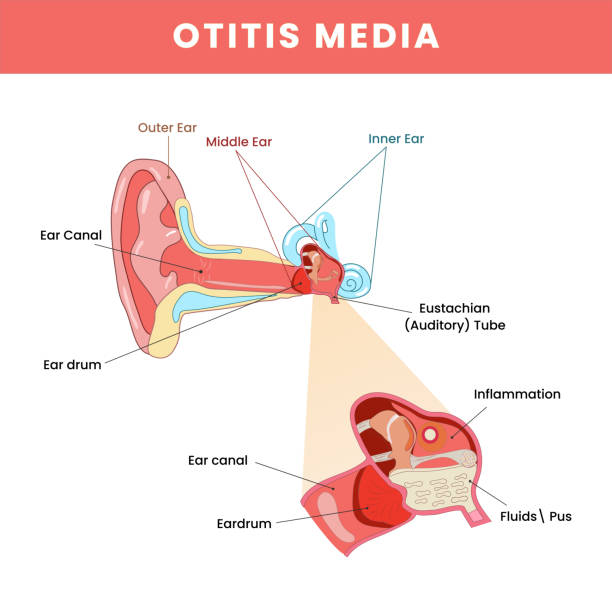
V. Off-Label Use of Betnesol-N Eye/Ear Drops
A. Expanded Applications in Clinical Settings
Experienced medical professionals often find uses for pharmaceuticals beyond their approved purposes. Betnesol N Eye/Ear Drops, for example, are effective in treating conditions not officially listed as indications. These label uses include:
- Managing endogenous anterior uveitis, a condition characterized by persistent inflammation that responds well to corticosteroids.
- In cases of keratitis, the Neomycin component of the drops may help prevent secondary bacterial infections.
However, it is essential to approach these applications cautiously and subject them to thorough clinical evaluation.
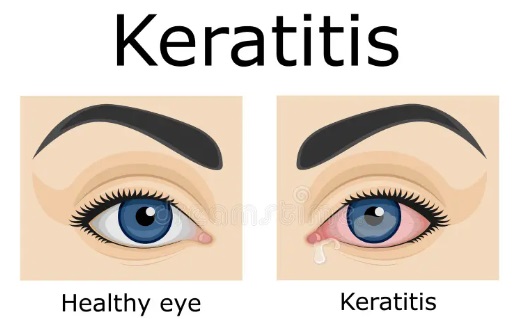
B. Research on Additional Therapeutic Potentials
The therapeutic possibilities of Betnesol N are constantly expanding due to research efforts. Recent investigations into the drug's capabilities have revealed promising outcomes in treating inflammatory eye conditions that do not respond well to traditional corticosteroids. It has also shown potential in addressing atypical ear infections that have not been effectively treated through methods. Although the data is still preliminary, these findings serve as a motivation for conducting clinical trials to validate these results.
VI. Dosage and Administration of Betnesol-N
A. Standard Dosage for Adults
It's crucial to follow the prescribed dosage of Betnesol N for adults, just like any other potent medication. Generally, the recommended usage is as follows:
- For eye treatment, Put one or two drops into the eye every hour during the first 24 to 48 hours, reducing gradually based on how well it works.
- For ear treatment, Administer two to three drops into the ear every two to three hours, depending on the severity of the condition.
However, these dosages might be adjusted by the healthcare provider depending on their judgment of how patients respond.
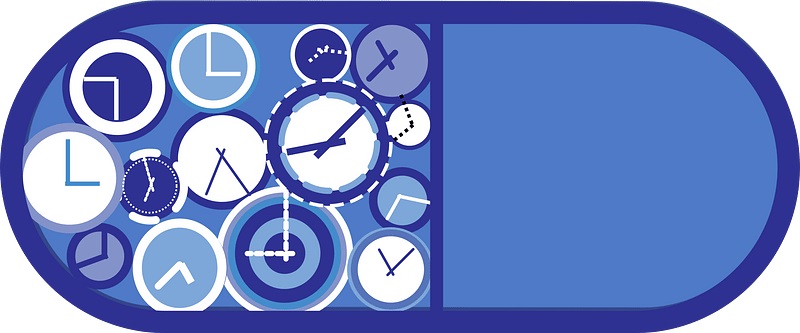
B. Dosage Adjustments for Specific Populations
Tailored therapeutic approaches are crucial when dealing with populations. Regarding pediatrics, it is essential to reduce and closely monitor dosage due to their increased vulnerability to side effects caused by corticosteroids. In the case of patients, dose reductions or longer intervals between doses may be necessary, significantly if their renal function is compromised. The key is to achieve the desired effect while minimizing any potential adverse impact.
C. Methods of Application for Eye and Ear
To ensure administration and prevent contamination, it's essential to follow precise and hygienic procedures when using Betnesol N. Here are the instructions for different modes of application:
- For eye administration, Tilt your head back. Look up. Gently pull down the lid to create a small pocket. Carefully place the drop into this pocket without letting the dropper touch any surface, including your eye.
- For ear application, Tilt your head so that the ear you're treating is facing upward. Gently pull your earlobe upward and backward to straighten the ear canal. Then, place the drop into your ear without allowing the dropper to touch your ear.
After applying the drops, softly close your eyes. Gently close your treated ear to allow for even distribution of the medication.
VII. Common Side Effects of Betnesol-N Eye/Ear Drops
A. Minor Side Effects and Management
When using Betnesol N Eye/Ear Drops, some side effects may be generally harmless and temporary. Some patients might feel discomfort, like a brief stinging or burning sensation upon application. Others may experience blurred vision or a slight change in taste after using the ear drops. Usually, these minor issues go away independently without any intervention. However, if the side effects persist, it is recommended to seek advice to determine if the treatment should continue or if any measures can be taken to alleviate them.
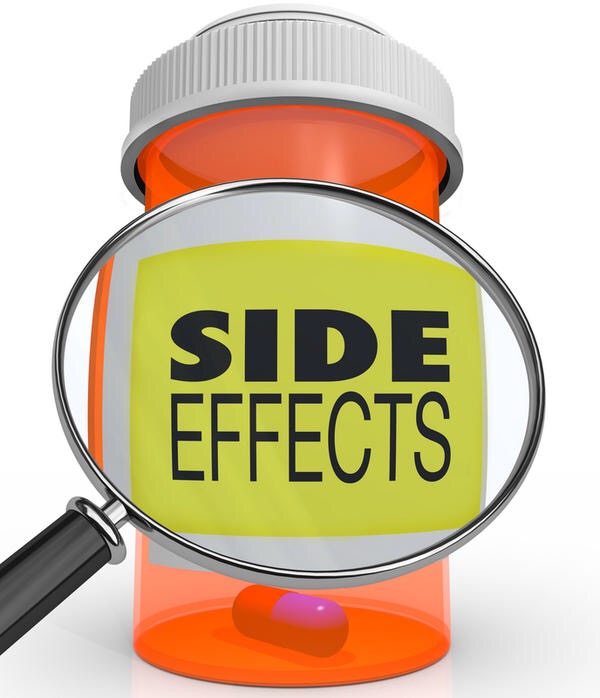
B. Reporting Adverse Reactions
It is crucial to be vigilant in monitoring and reporting any reactions to Betnesol N. Patients should be advised to inform their healthcare provider about any persistent discomfort, irritation, or worsening of symptoms after taking the medication. Additionally, they should also report any reactions like rashes or dizziness, as these could indicate a more widespread response. The reporting process involves notifying the prescribing physician, who may consider adjusting the dosage, discontinuing the medication if necessary, or even reporting the reaction to authorities if it is clinically significant.
VIII. Serious Side Effects and Reactions
A. Identifying Hypersensitivity and Severe Reactions
Although the majority of people can tolerate Betnesol N without experiencing any consequences, there is a rare chance of hypersensitivity and severe adverse reactions. It is essential to be aware of symptoms that may indicate a severe response, such as:
- Sudden swelling of the eyelids, intense irritation in the eyes or ears, and noticeable redness.
- Manifestations of anaphylaxis, like difficulty breathing, swelling of the face, or hives, should not be ignored.
Recognizing these signs promptly is crucial to stop taking the medication and seek medical attention immediately.
B. Management of Serious Side Effects
When severe side effects occur, it's essential to seek medical evaluation. In these situations, the following steps are crucial:
- Stop taking Betnesol N to prevent the products from worsening.
- Start medical treatment, which might involve using anti-inflammatory medications, antihistamines, or providing emergency assistance for anaphylactic reactions.
Furthermore, it is vital to record the adverse events and the treatments used for future healthcare decisions and patient safety purposes.
IX. Warnings and Contraindications
A. Known Contraindications for Use
People with hypersensitivity should not use Betnesol N Eye/Ear Drops to any components. Additionally, these drops should not be used in the following situations:
- Diseases affecting the cornea and conjunctiva include herpes simplex keratitis (dendritic keratitis), vaccinia, and varicella.
- An infection in the eye or fungal diseases in ocular structures.
- Untreated parasitic eye infections should be addressed before using this medication.
Healthcare providers need to make sure that these conditions are absent before prescribing this medication.
B. Conditions That Require Caution
There are situations where it is essential to be careful when using Betnesol N. These include:
- If you already have glaucoma, corticosteroids can increase the pressure inside your eyes.
- If you have a history of increased pressure in response to steroids.
- If you have thinning of the cornea or sclera, steroid use can increase the risk of perforation.
In these cases, it is crucial to monitor your condition to prevent any worsening of these issues.
X. Important Precautions When Using Betnesol-N
A. Precautionary Measures for Infection Risk
The use of steroids such as those found in Betnesol N carries the risk of suppressing the system and increasing vulnerability to infections. It is crucial to:
- Monitor patients for any signs indicating an infection while undergoing therapy.
- Consider administering drugs simultaneously if there is a bacterial infection.
- Exercise extreme caution when using Betnesol N for herpes simplex infections in the eye and intensify monitoring.
B. Avoiding Contamination During Use
To prevent contamination, which may result in infections of the eyes or ears, it is essential to educate patients about techniques for applying the drops. These techniques include:
- Avoid contact between the dropper tip and any surface, including the eye or ear.
- We are ensuring that the container is tightly closed when not in use.
- Discard any remaining solution according to the instructions provided by a healthcare professional.
Following these measures is crucial for maintaining the sterility of the drops.
XI. Interaction With Other Medications
A. Known Drug Interactions
Betnesol N Eye/Ear Drops can interact with medications, which may result in more substantial effects or reduced effectiveness. Some notable interactions to consider are with drugs that have nephrotoxic properties, as they can potentially enhance the effects of neomycin. Additionally, using steroids alongside Betnesol N can increase the likelihood of experiencing systemic corticosteroid effects. Therefore, it is crucial to examine a patient's medication history before starting treatment with Betnesol N.
B. Guidelines for Concurrent Use with Other Treatments
When using Betnesol N in combination with medications, it is essential to follow these guidelines:
- Allow time between administering Betnesol N and any other eye/ear drops to ensure they work effectively and minimize the risk of interactions.
- Monitor the patient closely for any reactions to the medication and adjust the treatment as needed.
- If there are doubts about whether Betnesol N is compatible with other medications, consult a pharmacist or healthcare provider for guidance.
By coordinating treatments, we aim to achieve successful therapeutic outcomes while minimizing potential adverse effects.
XII. Administration to Special Populations
A. Elderly Patients
In patients, it is essential to make careful adjustments and closely monitor physiological changes. When administering Betnesol N to this age group, it is recommended to start with doses due to the possibility of increased sensitivity to corticosteroids. It is also essential to watch for any side effects affecting the whole body, especially considering the higher chance of taking other medications and having additional health conditions.
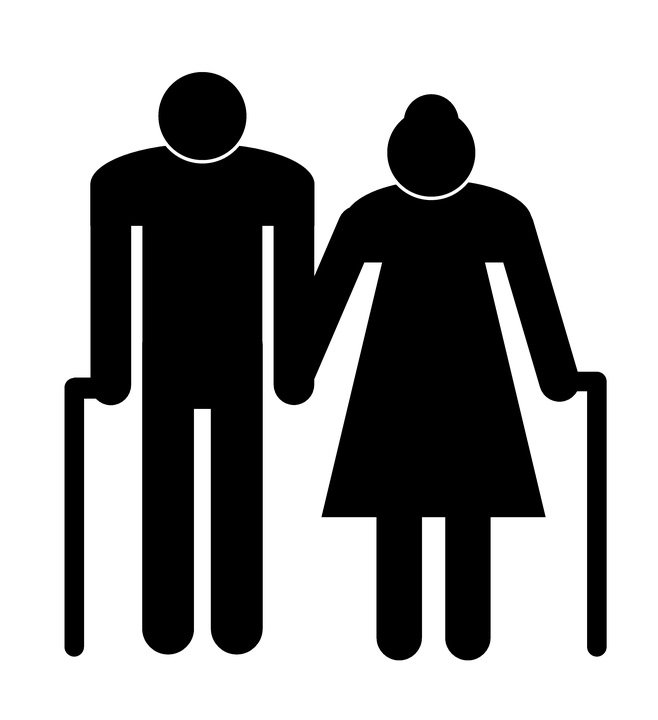
B. Pregnant Women and Nursing Mothers
The safety of Betnesol N in women and nursing mothers is not established. Therefore, it should only be used during pregnancy if the potential benefits outweigh the risks to the fetus. It is important to have supervision from a healthcare provider in such cases. Since corticosteroids and aminoglycosides are present in milk, it is advisable to exercise caution when administering Betnesol N to nursing mothers.
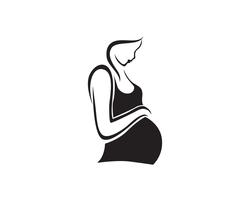
C. Pediatric Use
Regarding children, it's essential to be cautious about dosage and safety. When using medication for patients, we need to consider a few things. We should adjust the dosage based on the child's weight and how severe the condition is. It's also worth noting that using medication for a time in children might affect their growth and development, so regular checkups are advised for pediatric assessments.

XIII. Careful Administration: Best Practices
A. Instructions for Proper Application
Patients must follow the instructions carefully to achieve the results of their treatment and avoid any potential complications. Patients should wash their hands before using the dropper and solution to prevent contamination. It is also essential to adhere to the prescribed dosing instructions, neither exceeding nor reducing the recommended amount.
B. Techniques to Maximize Effectiveness
To enhance the effectiveness of Betnesol N as a treatment, you can employ various techniques.
- Ensure to allow the drops time to be absorbed by avoiding excessive blinking or rubbing your eyes immediately after applying them.
- If you have an ear infection, try lying down with the ear facing up for a few minutes after applying the drops. This can help the medication penetrate deeper into the ear canal.
XIV. Storage and Stability of Betnesol-N Eye/Ear Drops
A. Recommended Storage Conditions
To ensure the quality of Betnesol N, it's essential to store it. Keeping the product at room temperature from light and moisture is recommended. Avoid storing the medication in bathrooms or any humid areas.
B. Shelf Life and Expiry Information
The effectiveness and safety of Betnesol N are assured until the expiration date as long as the product remains unopened and stored correctly. However, once opened, it is essential to adhere to the manufacturer's specified period for usage to avoid any decrease in effectiveness or higher risk of contamination.
XIV. Storage and Stability of Betnesol-N Eye/Ear Drops
A. Recommended Storage Conditions
To ensure the effectiveness of Betnesol N Eye/Ear Drops and prevent any degradation, it is crucial to follow these guidelines:
- Keep the drops at a controlled room temperature, between 15°C to 25°C (59°F to 77°F).
- Avoid exposing the medication to direct sunlight and refrain from freezing it since extreme temperatures can alter the ingredients.

B. Shelf Life and Expiry Information
The effectiveness of Betnesol N medicine depends on following the expiration dates. It's important to remember that the drops are generally safe to use until the expiration date mentioned on the packaging, as long as they haven't been opened and stored correctly. Once you open them, make sure to use them within the recommended time frame by the manufacturer to ensure safety and effectiveness.
XV. Handling Precautions for Betnesol-N
A. Ensuring Sterility and Efficacy
To maintain cleanliness and ensure the effectiveness of Betnesol N, it is essential to follow these precautions:
- Avoid touching the dropper tip against surfaces, such as the eye or ear, to prevent contamination.
- After use, promptly close the bottle. Make sure it is tightly sealed to prevent any contaminants from entering.
B. Disposal and Environmental Considerations
Proper waste management is crucial for minimizing its impact on the environment. When getting rid of Betnesol N, it's essential to be mindful and avoid disposing of it in wastewater or regular household garbage. Instead, look for pharmacy take-back programs. Consult with your pharmacist to ensure proper disposal methods that comply with local regulations. By doing so, we can help prevent potential environmental contamination.
XVI. What to Do in Case of Overdosage
A. Recognizing Symptoms of Overdosage
Although it is, excessive use of Betnesol N can have negative consequences. It is essential to be aware of the symptoms, including increased eye pressure, discomfort, or noticeable vision changes. If any of these symptoms occur, it is necessary to seek medical attention. In cases where Betnesol N is ingested orally, there may be effects related to corticosteroids, such as hypercorticism.
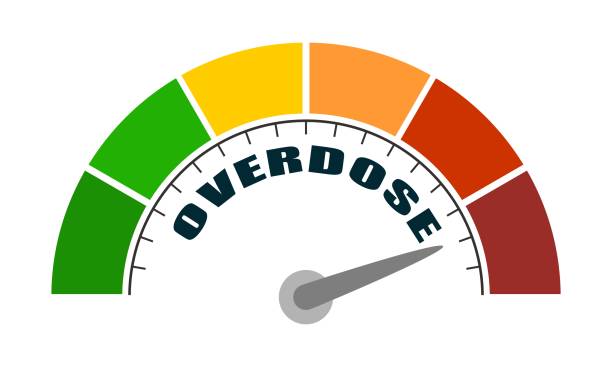
B. Immediate Actions and Treatment Protocols
If you accidentally take much of the medication, it's essential to take immediate action.
- Stop using the medication. Seek advice from a healthcare professional right away.
- They will provide support and symptomatic treatment while closely monitoring your vital signs and how you respond to the treatment.
XVII. Summary and Final Recommendations
A. Recap of Key Points on Betnesol-N Eye/Ear Drops
Betnesol N is a medication with anti-inflammatory and anti-infective properties for treating eye and ear conditions. , It contains betamethasone, a corticosteroid, and neomycin, an antibiotic. It's essential to use this medication with medical guidance following the prescribed doses and storage instructions.
B. Final Advice for Patients and Caregivers
For those responsible for administering Betnesol N, it is essential to be vigilant about how the medication is applied, the appropriate dosage, and its proper storage. If you experience any reactions, it's crucial to report them immediately to a healthcare professional and seek their guidance on whether you should continue using it. In summary, while Betnesol N can help manage conditions, its effectiveness and safety depend on using it wisely and following the advice of healthcare professionals.












